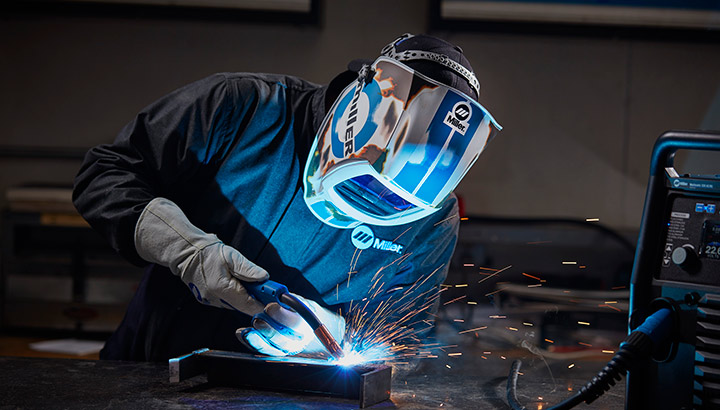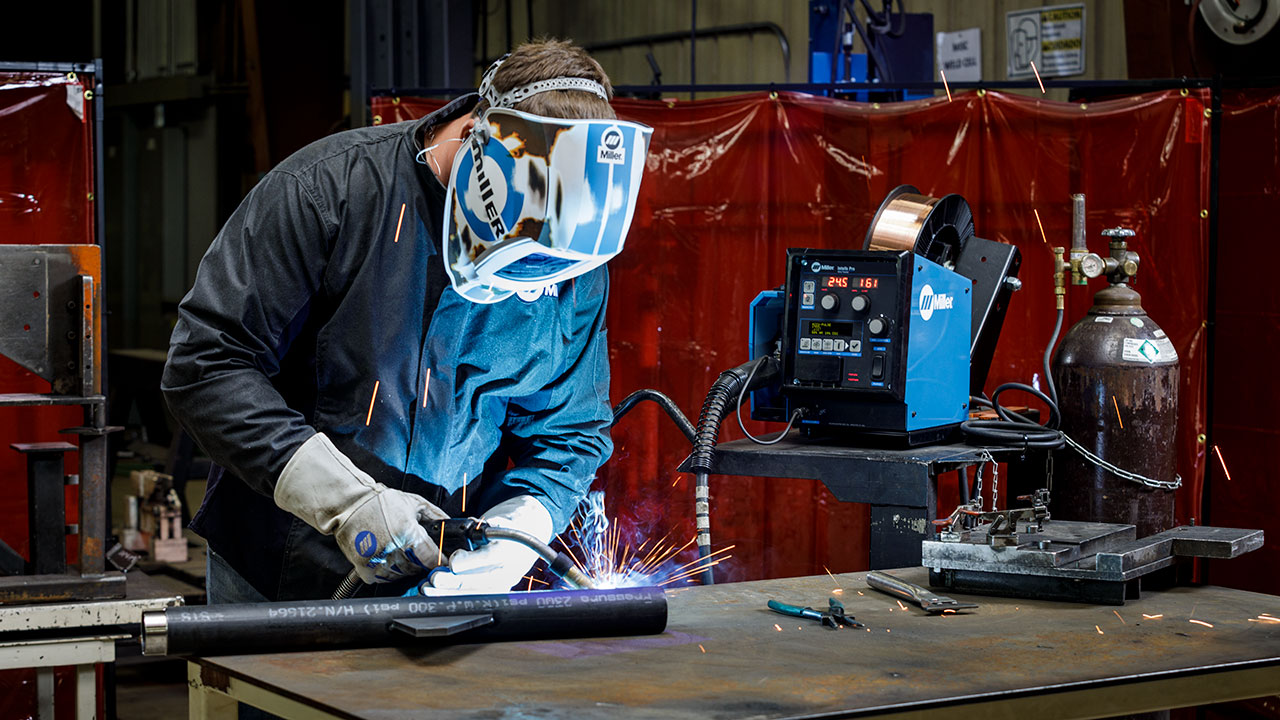Advanced Welding WPS: Tailoring Requirements for Facility Jobs
Advanced Welding WPS: Tailoring Requirements for Facility Jobs
Blog Article
The Ultimate Guide to Welding WPS Procedures: A Detailed Review for Welders
In the complex globe of welding, Welding Treatment Specifications (WPS) serve as the backbone of making sure high quality, uniformity, and safety in welding operations. Recognizing the nuances of creating, carrying out, and keeping track of WPS procedures is necessary for welders seeking to raise their craft and satisfy market criteria. As we dive right into the various elements of a WPS and discover the complexities of qualification and certification, we will discover the crucial duty these procedures play in the world of welding. Let's start a trip to unwind the complexities and significance of WPS procedures in welding methods.
Importance of WPS Procedures
Comprehending the importance of Welding Procedure Specifications (WPS) procedures is important for ensuring the high quality and stability of welded structures. WPS treatments function as a roadmap for welders, detailing the required actions, specifications, and products needed to achieve an audio weld. By adhering to WPS guidelines, welders can make sure consistency in their job, resulting in structurally sound and reputable welds.
Among the primary reasons that WPS procedures are necessary is their function in maintaining weld top quality and stability. Adhering to the defined welding parameters and strategies laid out in the WPS aids prevent problems such as porosity, splitting, or insufficient fusion, which can jeopardize the stamina and sturdiness of the weld. In addition, WPS procedures are critical for making sure compliance with industry requirements and codes. By adhering to established WPS standards, welders can show that their work satisfies the essential demands for security and high quality, providing guarantee to clients, assessors, and governing bodies. Fundamentally, the value of WPS procedures can not be overstated, as they are essential to accomplishing consistent, top notch welds that fulfill market standards and requirements.

Components of a WPS
A Welding Treatment Spec (WPS) usually comprises crucial parts that information the certain demands for executing a weld, making sure uniformity and high quality in the welding procedure. The key components of a WPS include essential variables such as base steels, filler steels, preheat and interpass temperatures, welding processes, protecting gases, welding settings, and post-weld warm treatment needs.
Base steels refer to the products being joined, while filler steels are used to fill up the void between the base metals throughout welding. Preheat and interpass temperature levels are critical for regulating the warmth input and stopping issues like cracking or distortion. The welding procedure describes the details technique to be made use of, whether it's gas metal arc welding (GMAW), secured metal arc welding (SMAW), or one more method. Shielding gases safeguard the weld pool from climatic contamination. Welding positions specify the orientations in which welding can be done. Post-weld warm therapy might be needed to relieve stress and anxieties and enhance the weld's properties. A complete understanding of these parts is crucial for creating a extensive and reliable WPS.

Credentials and Qualification
Having established the vital components of a Welding Procedure Specification (WPS), the focus now changes in the direction of the essential elements of qualification and accreditation in welding practices.

Certification, on the various other hand, is the official recognition of a welder's certifications by a relevant qualification body or company. Welding certifications are usually based on the particular welding procedures, materials, and settings a welder is qualified to collaborate with. Holding a legitimate welding accreditation demonstrates that a welder meets discover this market standards and is experienced to perform welding tasks to the called for requirements.
Creating a WPS
To develop a Welding Procedure Requirements (WPS) that satisfies sector requirements, careful factor to consider of welding processes, materials, and functional parameters is vital. The initial step in creating a WPS is to recognize the welding procedure to be utilized, such as gas steel arc welding (GMAW) or secured metal arc welding (SMAW)

Implementing and Monitoring WPS
Upon finalizing the detailed Welding Treatment Requirements (WPS) that carefully details welding processes, materials, functional parameters, and high quality assurance steps, the emphasis shifts to efficiently carrying out and keeping an eye on the recognized procedures. Execution entails ensuring that all welders associated with the task are familiar with the WPS and follow it diligently throughout the welding procedure. This needs supplying ample training and supervision to guarantee adherence to the specified treatments. Keeping an eye on the WPS entails continual oversight to confirm that welding tasks straighten with the documented specs. Examinations, screening, and quality assurance actions are important parts of the tracking procedure to identify any problems or deviations quickly. Routine audits and testimonials of the welding procedures aid in keeping uniformity and high quality throughout the task. Effective application and tracking go to my site of the WPS are crucial for making certain the stability, strength, and safety and security of the welded joints, eventually adding to the total success of the welding job.
Verdict
In verdict, understanding and adhering to Welding Procedure Requirements (WPS) is critical for welders to make sure quality, uniformity, and security in their work. By recognizing the components of a WPS, acquiring appropriate qualifications and qualifications, creating thorough procedures, and carrying out and checking them properly, welders can enhance their skills and efficiency in welding practices. Complying with WPS treatments is essential for creating high-grade welds and conference market requirements.
In the More about the author intricate globe of welding, Welding Procedure Requirements (WPS) offer as the backbone of making certain quality, uniformity, and safety and security in welding operations. The welding procedure outlines the details method to be made use of, whether it's gas metal arc welding (GMAW), shielded metal arc welding (SMAW), or an additional technique.To create a Welding Treatment Specification (WPS) that fulfills sector requirements, mindful factor to consider of welding procedures, materials, and functional parameters is crucial. The initial action in creating a WPS is to determine the welding procedure to be made use of, such as gas metal arc welding (GMAW) or protected metal arc welding (SMAW)Upon wrapping up the comprehensive Welding Procedure Specification (WPS) that diligently information welding procedures, products, functional parameters, and high quality guarantee steps, the focus shifts to successfully implementing and monitoring the established treatments.
Report this page